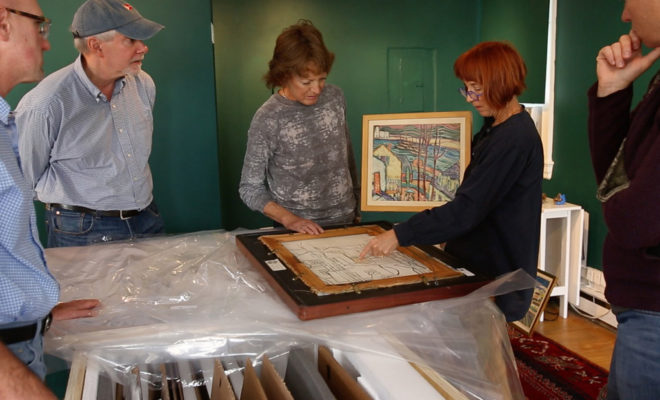 Courtesy Wolfe Video
Courtesy Wolfe Video
Film
Anderson Family History Hidden in ‘Trunk’
Jane Anderson (“Olive Kitteridge”; “How to Make an American Quilt”; “The Baby Dance”) has been able to live her life openly, as a talented, respected writer who happens to be lesbian, while her great-Aunt Edith, a talented, even pioneering artist from the turn of the 20th Century, who also appears to have been lesbian, spent much of her life in an asylum.
“It was pretty depressing to see how easy it was to put someone away for homosexuality,” says Michelle Boyaner, director of the documentary “Packed in a Trunk: The Lost Art of Edith Lake Wilkinson.” “They could disappear and be erased.”
The life of Edith Lake Wilkinson was nearly erased. All of her worldly possessions
stored at a nephew’s house for decades. Jane Anderson spoke to writer Laurie Schenden about the journey to make the film, and give Edith the recognition Anderson believes she deserved. The film is available on all digital platforms at Wolfe Video.
LS: It was your Mom who pulled the paintings out of the attic?
JA: Oh my gosh, my mom had a wonderful eye for antiques, painting and art. Actually, I haven’t told anyone this, but she also dug out Edith’s brushes from the trunk. And they were in a little leather beat-up brush case. I got hold of it when I was about 8, and I painted with them … wrecking every last one of them.
I have a feeling Edith wouldn’t have minded.
LS: How much did it influence you to grow up surrounded by Edith’s paintings?
JA: She really has been tapping at my shoulder my whole life. It’s always been a beautiful, joyful presence. I finally realized as I got into my late 50s I need to finally return the favor to her.
LS: Did anyone else in the family know of her artistic talent?
JA: Aunt Betty and Uncle Eddie really didn’t even want to talk about Edith because she was in an asylum. Back then having a crazy relative was shameful. I don’t think anyone acknowledged her as gay, they just saw her as the spinster aunt.
I think there are millions of single women from that era, whether gay or straight, who were really just ignored by the family.
LS: When did you get curious about her?
JA: In the ‘70s when I was a young woman in New York, I was unknowingly sketching things in New York that Edith had sketched. I started researching, that’s when I found out about Fannie, and realized, oh my god, she must be gay like I am.
LS: No one in the family ever mentioned that?
JA: Oh god no! Again, back then being gay was unmentionable. It took me a really long time to come out. It was considered a real shame and something you don’t discuss. Even in the 80s and early 90s, even though I was living in New York, it took me a long time to really accept myself as a gay woman. I can only imagine what it was like for Edith, in the 1900s.
LS: In the film you suggest you feel guilt for “living the life she should have had.” Has it been cathartic to bring recognition to her work?
JA: It is cathartic. Once I became fully conscious of who she was and her gift, her companionship throughout my life—visually–has been such a gift to me. I knew that I always felt the responsibility to return the favor to her.
LS: Now she’s gotten recognition in Provincetown and through the movie….
JA: It really took the miracle of the Internet to start the process. That web site for her was the first step in reaching out to people.
LS: Was it difficult as a professional storyteller to let someone else tell your story?
JA: Of course, I don’t love being the subject of a documentary, it was an effort to hold back on my life until the cameras got there.
Michelle, our director, was very good about, like when my cousin Kathy sent us the box with the Joan of Arc books, Michelle made it very, very clear that we were forbidden to even talk to her or open the damn package unless they were there.
LS: What’s next?
JA: Now … there’s all this interest in Edith. The largest art museum in West Virginia contacted us after the documentary came out and said we want to do a retrospective and also publish a monograph on her, and that is really important to get an artist recognized by the art community.
The remarkable thing is it’s the Huntington Art Museum in Huntington West Va., just a few miles away from the asylum where Edith died.
LS: That’s amazing.
JA: And then they’re selling the work. I’m getting into my 60s now, and there will be a time that we’ll need to get the work out of the house and into collections.
LS: Your family supports selling off the work?
JA: Yeah, my brothers have a lot of the artwork, and my cousins have a lot of the artwork. Everyone’s on board. … We don’t want her work to go back into the trunks!
See more about the artist at: http://edithlakewilkinson.com.

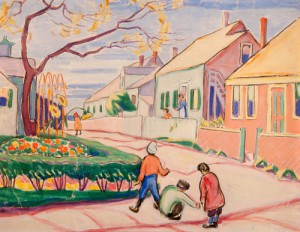

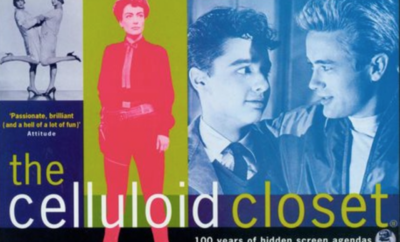
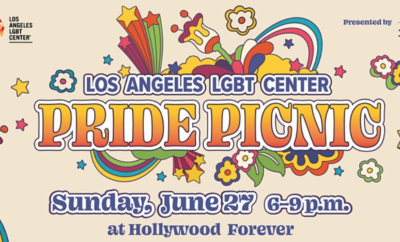

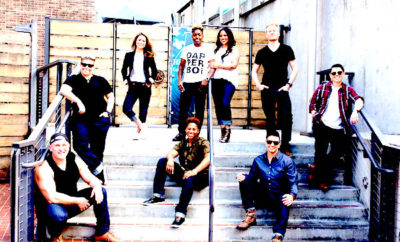

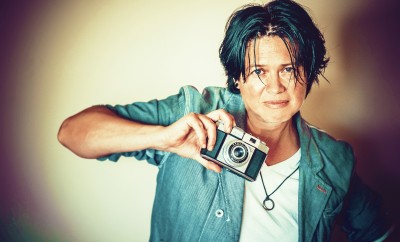
You must be logged in to post a comment Login